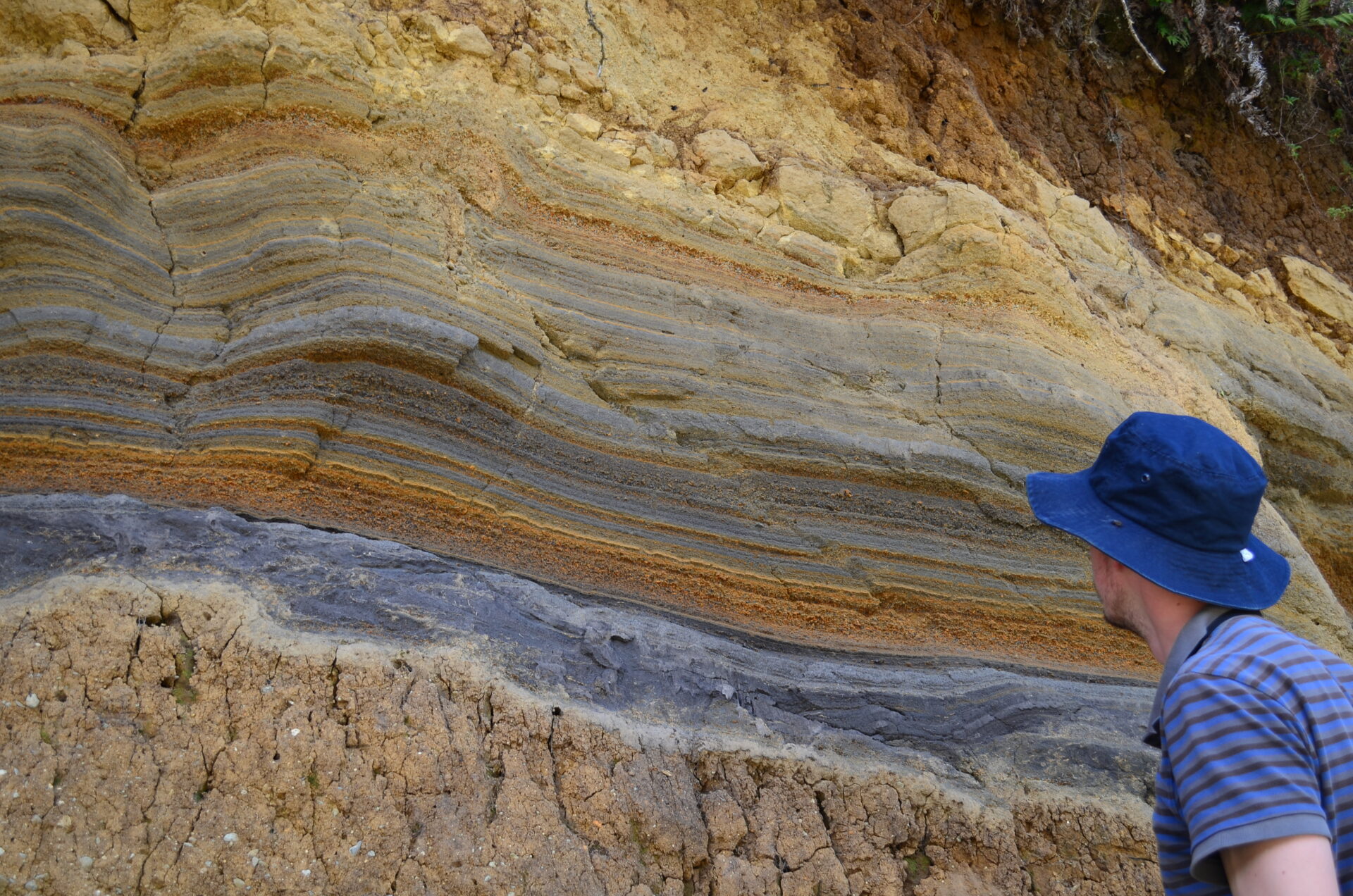Magmas and volatiles in the southern Chilean volcanic arc
Project background: Arcs, magmas, and volatiles
Subduction zone magmatism is associated with some of our planet’s largest volcanic eruptions and plays a key role in cycling volatile elements between Earth’s solid interior and surface. The formation of volcanic arcs along subduction margins is ultimately driven by the release of fluids from the subducting plate, which ascend into the mantle and cause partial melting to occur. These fluids transfer volatile chemical species, such as CO2 and H2O, from the slab into arc magmas. The magmas transport them upwards and release them to the atmosphere during volcanic degassing. This cycling of volatile material through subduction margins, mediated by magmatism, is critical for maintaining habitable conditions on the Earth over geological timescales. Although arc volcanism provides the primary pathway for subducted volatiles to be returned the surface environment, a clear understanding of the dynamics of this process remains elusive, particularly in the important case of CO2 cycling. This project will focus on constraining the pathways and fluxes of magmas and volatiles along a section of the Andean volcanic margin in a region where volcanism is strongly influenced by lithospheric tectonics. Using state-of-the-art petrological, geochemical, and isotopic methods you will explore the dynamics of magma generation, ascent, and degassing along- and across- the arc, examining the links between spatial trends in volcanism and other geodynamic and structural parameters.

Study area: Southern Volcanic Zone, Chile
The study area for this project is in northern Patagonia, along the southern part of Chile’s Southern Volcanic Zone. Volcanism here occurs from several arc front stratovolcanoes as well as from numerous rear-arc basaltic cones. The distribution of volcanic features in this region reflects the interplay between subduction processes and lithospheric tectonics. This is due to presence of a major intra-arc strike-slip fault system, the Liquine Ofqui Fault Zone (LOFZ). Compositional variations between the magmas erupted from the stratovolcanoes versus the monogenetic cones, which are located at different distances from the oceanic trench, suggests variations in the sources of these magmas, linked to both subduction processes (such as slab fluid release and/or the dynamics of melt production in the sub-arc mantle) and the control of the LOFZ on melt ascent through the lithosphere.
Scientific approach
Quantifying pre-eruptive or primary CO2 contents of magmas is challenging because CO2 is degassed during magma ascent and eruption. Overcoming this requires the analysis of melt inclusions, small pockets of magma trapped in crystals formed within the crust. By looking at inclusions within early crystallising mineral phases, such as olivine, it is possible to find magmas trapped during the early stages of degassing. In addition to giving insights into magmatic volatile contents, the chemical composition of these inclusions also provides a lens through which to investigate the dynamics of melt supply, storage, and mixing within the lithosphere. Obtaining accurate determinations of the CO2 contents of melt inclusions will require careful analysis of the physical and chemical characteristics of each inclusion using a suite of micro-analytical methods. These include micro x-ray tomography (uXCT), Raman spectrometry, secondary ion mass spectrometry (SIMS), and electron microprobe analysis (EMPA). In addition to carefully constructing multi-parameter datasets for suites of melt inclusions sampled from several key tephra layers, you will also undertake a parallel analytical programme collecting whole-rock major and trace element and radiogenic isotopic (87Sr/86Sr and 143Nd/144Nd) data from co-erupted magmas. This will provide important context to the melt inclusion results and will give insights into variations in magma sources along and across the arc.

The analytical work for this project can begin immediately using recently collected samples that are already in Leeds. Following the initial analysis further field sampling in Chile will be planned, guided by the results. You will be trained in the use of a variety of geochemical, petrological, and isotopic analytical methods, as well as field sampling in volcanic terrains. At Leeds you will have the opportunity to engage with a large group of researchers in the volcanology, geochemistry, and tectonics research groups, and will be part of a diverse and vibrant PhD community. If you are interested in this project and would like more information please feel free to contact the lead supervisor, Dr David Ferguson (d.j.ferguson@leeds.ac.uk).
Further Reading
Cembrano, J. and Lara, L., 2009. The link between volcanism and tectonics in the southern volcanic zone of the Chilean Andes: a review. Tectonophysics https://doi.org/10.1016/j.tecto.2009.02.038
Watt, S.F.L., Pyle, D.M., Mather, T.A. and Naranjo, J.A., 2013. Arc magma compositions controlled by linked thermal and chemical gradients above the subducting slab. Geophysical Research Letters https://doi.org/10.1002/grl.50513
Watt, S.F., Pyle, D.M., Naranjo, J.A., Rosqvist, G., Mella, M., Mather, T.A. and Moreno, H., 2011. Holocene tephrochronology of the Hualaihue region (Andean southern volcanic zone,∼ 42 S), southern Chile. Quaternary International https://doi.org/10.1016/j.quaint.2011.05.029
